 English
English Español
Español  Português
Português  русский
русский  Français
Français  日本語
日本語  Deutsch
Deutsch  tiếng Việt
tiếng Việt  Italiano
Italiano  Nederlands
Nederlands  ภาษาไทย
ภาษาไทย  Polski
Polski  한국어
한국어  Svenska
Svenska  magyar
magyar  Malay
Malay  বাংলা ভাষার
বাংলা ভাষার  Dansk
Dansk  Suomi
Suomi  हिन्दी
हिन्दी  Pilipino
Pilipino  Türkçe
Türkçe  Gaeilge
Gaeilge  العربية
العربية  Indonesia
Indonesia  Norsk
Norsk  تمل
تمل  český
český  ελληνικά
ελληνικά  український
український  Javanese
Javanese  فارسی
فارسی  தமிழ்
தமிழ்  తెలుగు
తెలుగు  नेपाली
नेपाली  Burmese
Burmese  български
български  ລາວ
ລາວ  Latine
Latine  Қазақша
Қазақша  Euskal
Euskal  Azərbaycan
Azərbaycan  Slovenský jazyk
Slovenský jazyk  Македонски
Македонски  Lietuvos
Lietuvos  Eesti Keel
Eesti Keel  Română
Română  Slovenski
Slovenski  मराठी
मराठी  Srpski језик
Srpski језик
Fancy Yarns and Their Uses
2023-02-03
What is Fancy Yarn?
Textile yarns are the basic elements of fabrics. For fabric design and production, yarns are mainly considered in terms of their colors, structures and material properties. Colors and the structure of yarns contribute to the fabric texture, covering power, luster and thickness. The term ‘fancy yarns’ may be taken to cover all fancy and novelty effects, while ‘fancy doubled yarns’ covers yarn and fiber effects. Color effects and effects based on metallic components are also available. Fancy yarns that are designed mainly for their aesthetic appearance rather than performance. Many fancy yarns achieve deliberate variation in appearance by the way of color. To be more inclusive, fancy yarns may be defined as any yarn that contains deliberate variation either in the form or in color, or both.
Slub yarns:
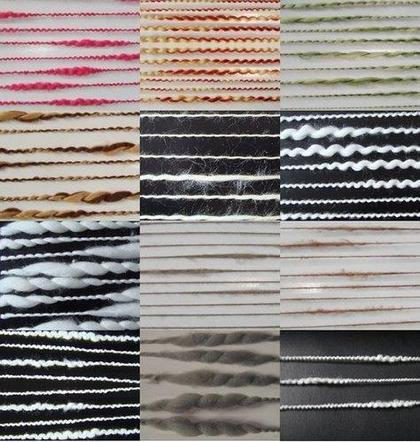
Marl yarn:
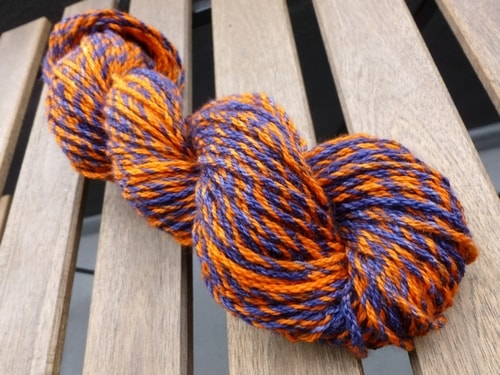
Spiral or corkscrew yarn:
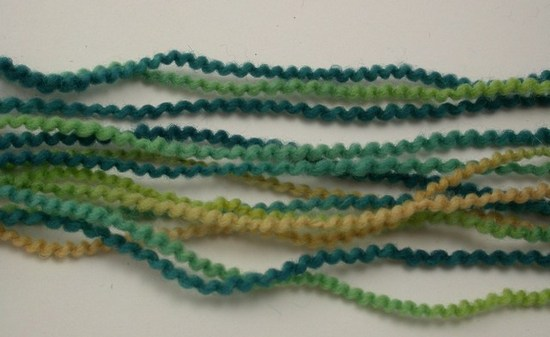
Loop yarn:
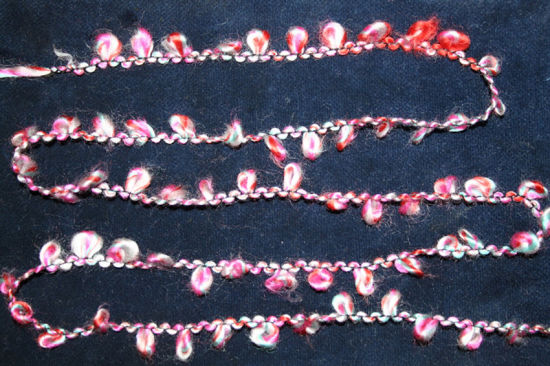
Eyelash or feather yarn:

Chenille yarn:
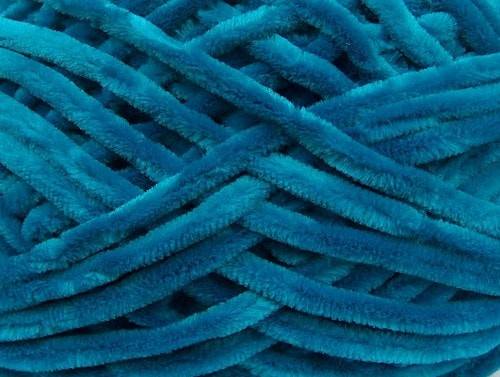
Pompom yarn:
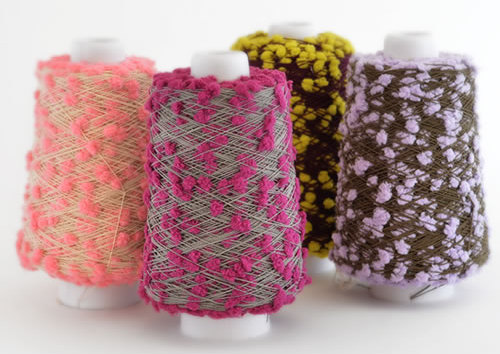
And so much other yarn like,tape yarn, button yarn,metallic yarn, fasciated yarn, diamond yarn, cloud or grandrelle yarn,knop yarn, snarl yarn, cover yarn, stripe yarn, boucle yarn, eccentric yarn, gimp yarn.
Uses of Fancy Yarns:
As the primary aim of using fancy yarn is to enhance the aesthetic appearance of fabrics, there is a continued effort by producers to come up with new yarns that differentiate themselves from competitors. Fancy yarns have wide-ranging application in apparel at all levels of the market.Upholstery andhome furnishings have offered a relatively new field to spinners of fancy yarns over the past 20 years.
However, one main drawback of using fancy yarns lies in the increased costs of yarn, fabric, and garment manufacture. The production speeds for fancy yarns are generally slower than for plain commodity yarns because of the inherent unevenness of fancy yarn. In addition, most fancy yarns require multiple components and several twisting stages, so the cost of fancy yarn production is typically several times that of commodity yarns.
Fancy yarns are also far more sensitive tofashion trends, so it is unwise to produce large quantities without order confirmations. Any redundant stock will be highly costly to the yarn producer. In fabric production, the uneven nature of fancy yarns will demand more careful handling and slower production speeds, leading to increased fabric costs. The interaction with the fabric structure also means that the final appearance of the fancy effects can be unpredictable, so in most cases, samples must be produced prior to normal production.
With some exceptions, the use of fancy yarns will lead to lower fabric performance in terms of strength, wear resistance, and aftercare. Careful consideration must therefore be given to the performance requirement of the end use and to the quantities of fancy in the fabric when fancy yarns are to be used. Given the higher costs and lower performances, the main use of fancy yarn is usually more for high value and high margin applications.
Fancy yarns are used in weaving of suiting, shirting, dress material, upholstery, furnishing fabric and woolen tweeds.
Fancy yarns are also used for decorative textiles like:
· Curtains
· Carpets
· Ladies and children outerwear
· Decor materials and textile fabrics in the corporate sector, as for example in the trim of a car or textile furnishing of a hotel lobby are becoming more and more important.
-
E-mail
-
Call Us
-
Address
Guancheng International Keqiao Shaoxing, Zhejiang, China
If you have any enquiry about quotation or cooperation, please feel free to email or use the following inquiry form. Our sales representative will contact you within 24 hours.
Copyright © 2022 Zhejiang Jufei Textile Co., Ltd.- Woolen Fabric, Knitting Fabric, Woven Fabric -All Rights reserved.





